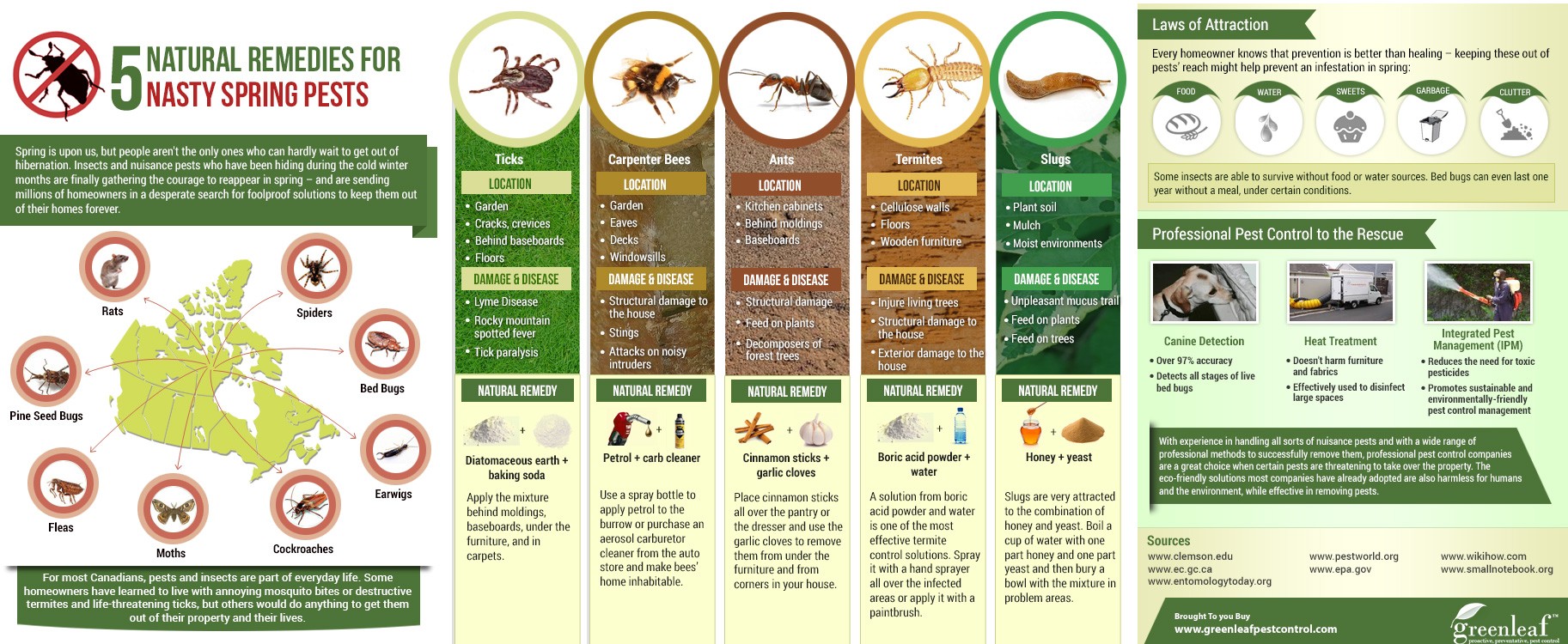See The Fight In Between A Historic Structure And Concealed Termite Risk, As Specialists Introduce Groundbreaking Approaches To Maintain Its Tradition
See The Fight In Between A Historic Structure And Concealed Termite Risk, As Specialists Introduce Groundbreaking Approaches To Maintain Its Tradition
Blog Article
Article Created By-Thisted Pagh
Imagine a historic structure calmly battling a hidden threat below its old beam of lights. Discover just how check it out of specialists overcame the obstacle of termite problems in this architectural treasure by employing revolutionary techniques that secured its integrity. The trip to maintain this heritage site unveils a story of strength and development, using important insights into the fragile balance in between preservation and modern-day insect control methods.
Historical Importance of the Structure
The historical structure you're managing holds tremendous social importance in the regional neighborhood. This architectural gem has actually stood the test of time, observing generations of locals and site visitors pass through its doors. Its abundant background is woven right into the textile of the area, signifying resilience and custom. As a keystone of the community's heritage, the structure serves as a tangible link to the past, supplying a peek right into bygone eras and maintaining tales that would or else be lost to time.
Throughout the years, the structure has held many events, from area events to celebrations of neighborhood culture. Its walls have actually resembled with laughter, songs, and the voices of those that've walked its halls before you. By protecting this historic structure, you aren't just securing a physical towers however additionally protecting a piece of the neighborhood's identification. Welcoming the historical importance of the structure is essential in understanding its value and the importance of preserving its integrity for future generations to value.
Termite Infestation Difficulties
Navigating through the historic significance of the building, you experience considerable challenges presented by a termite infestation. These tiny pests can ruin the architectural integrity of the historical framework, creating substantial damages if left unchecked. The distinct architectural features and aged wood present in historic structures supply an excellent atmosphere for termites to grow, making it important to address the invasion immediately.
Determining the extent of the termite invasion is usually a tough job, as these animals can burrow deep right into the wooden structures, hidden from ordinary sight. Furthermore, traditional termite control techniques may not be completely ideal for historic buildings due to the potential damage they can trigger to the structure's integrity and historical worth.
Protecting the historic authenticity of the structure while effectively removing the termite invasion calls for a delicate balance and specialized know-how. Executing customized termite control steps that are both reliable and gentle on the historic products is vital to make sure the lasting defense of the structure.
Cutting-edge Control Steps Applied
Carrying out advanced termite control techniques is crucial in protecting the historic integrity of the structure while effectively combating the problem. One cutting-edge measure involves using non-repellent fluid termiticides. These products are essentially undetectable to termites, allowing them to unconsciously enter into contact with the treatment and spread it throughout the nest. This approach makes sure detailed obliteration without signaling the termites to stay clear of the dealt with areas.
An additional advanced strategy is the installment of termite baiting systems. These systems use termite attractants incorporated with slow-acting toxicants. simply click the next website page eat the lure, share it with their nest participants, and ultimately remove the entire population. This targeted method is eco-friendly and minimally invasive, making it ideal for historical buildings where preserving the initial structure is critical.
Furthermore, employing infrared technology for termite detection has actually reinvented control procedures. Infrared electronic cameras can find warmth trademarks suggesting termite task behind walls or within structures. This non-invasive strategy allows for accurate targeting of treatment, reducing damage to the building while efficiently getting rid of the termites. By integrating these innovative control procedures, the historical structure can be protected from termites without jeopardizing its building significance.
Conclusion
You've learned exactly how sophisticated modern technology and safe therapies conserved a historic building from termite invasion.
Did you recognize that termite damage costs U.S. homeowners billions of dollars every year?
Shield your property with ingenious termite control measures to avoid expensive repair services and maintain its historic worth.
